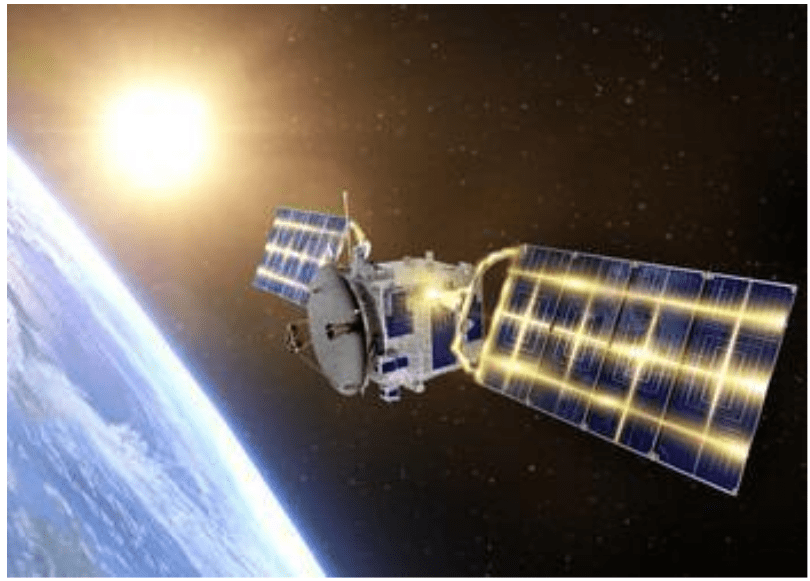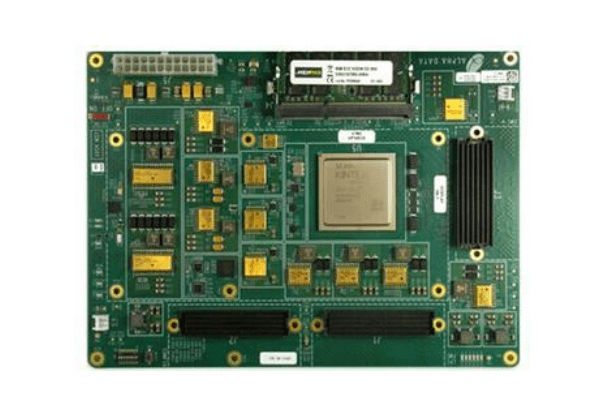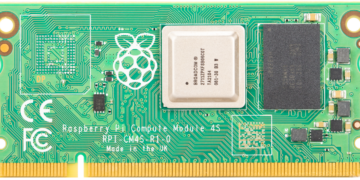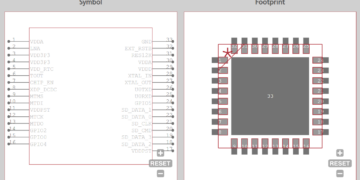
The number of satellites orbiting our planet continues to grow each year, highlighting their increasing significance. With several thousand satellites currently in orbit, these spacecraft play a vital role in communication networks, air and land navigation, military and defense operations, as well as the collection of data that enhances our understanding of our world and the broader universe.
To effectively fulfill their missions, satellites rely on dependable power systems that can support their operations over long life cycles. Operating successfully in a harsh space environment poses significant challenges. The consequences of failure can be enormous. Therefore, it is crucial for satellite power system design solutions to prioritize robustness, reliability, and efficiency.
Satellite Power System Requirements
Spacecraft are exposed to various environmental factors that can abruptly terminate their missions or gradually degrade internal systems, including circuit boards and electronics. These factors encompass radiation, extreme temperature fluctuations, and potential collisions with debris or other space vehicles. To mitigate these contingencies, the mechanical design and structural integrity of the space vehicle play a crucial role. Additionally, mobility is often essential, necessitating a reliable power source.
Solar energy is the primary power source for satellites, with some relying exclusively on it to energize internal systems and enable motion to avoid external threats. Failing to sustain this functionality can lead to immediate catastrophe or decades of useless orbiting before burning up or falling back to Earth. The premature loss of a satellite not only incurs a significant financial setback but can also spell doom for certain companies.
The successful resolution of these challenges, along with others listed below, is imperative in designing satellite power systems.
Satellite Power System Design Challenges |
|
|
Challenge |
Importance |
|
Mitigate Radiation |
In space, PCBAs and electronics must contend with non-ionizing, which generates on the board or from nearby radiators, and ionizing radiation like galactic cosmic rays (GCRs), or from solar flares or the Van Allen belt. |
|
Reliable Operation |
The expected operational lifetime for a satellite is between 10-15 years. When a satellite fails to meet this requirement, it must be replaced. This lowers the ROI for the previous deployment and creates early launch costs for the new satellite. |
|
Minimize Size |
For satellites, there is a thrust, SWaP-C, to minimize the size, weight, power, and cost of electronic systems. Smaller size means systems take up less space and require fewer resources for operation. |
|
Minimize Weight |
Less weight or mass translates into less energy requirements for motion |
|
Minimize Power Consumption |
Minimizing power consumption or improving power density has motivated many advanced technology developments and continues to drive innovation in many sectors. The premium on power system performance is even more salient in space. |
|
Minimize Cost |
Reducing the costs associated with getting to and operating in space is becoming more of a factor as the number of companies in the industry and competition increases. |
Overcoming the challenges listed above is no small feat. However, industry leaders continually strive to build improved components and systems that target these satellite power system design issues.
Satellite Power System Design Optimization
Choosing the right components is crucial in providing the best solution to address the aforementioned challenges in satellite power system design. With a long-standing presence as a leading electronics manufacturer in the space industry, Texas Instruments (TI) has consistently driven advancements in space system capabilities. By specifically targeting essential features such as radiation resistance, electromagnetic interference (EMI) resilience, and electromagnetic compatibility (EMC), TI has developed the TPS57H5001-SP and TPS7H1111-SP components.
The TPS57H5001-SP is a radiation-hardened PWM controller, offering an RHA (Radiation Hardness Assurance) rating of 100 total ionizing doses (TID) and supporting switching speeds of up to 2MHz. On the other hand, the TPS7H1111-SP is a low dropout (LDO) linear regulator designed for RF applications in space systems. It exhibits excellent performance rejecting high-voltage power supply ripple (PSRR), and provides ultra-low noise levels. Both of these components have been optimized for FPGA-based space power applications, which typically offer smaller form factors and improved energy efficiency compared to alternative solutions like ASIC or discrete implementations.
An FPGA solution is the ALPHA-XILINX-KU060-SPACE development board, shown below.

ASA-SDEV-KIT with space grade power management by TI
The use of various point-of-load (POL) topologies in this board ensures tight regulation and enables quick response to high currents, which are essential for meeting the demanding peak currents of FPGAs. When combined with the appropriate components, this development kit supports the SWaP-C (Size, Weight, Power, and Cost) objectives and effectively addresses the radiation and reliability design requirements for satellite power system design.
If you’re in need of CAD models for commonly used components or innovative products to optimize your satellite power system design, Ultra Librarian offers a comprehensive solution by consolidating all your sourcing and CAD information in a single platform.
Working with Ultra Librarian sets up your team for success to ensure streamlined and error-free design, production, and sourcing. Register today for free.








